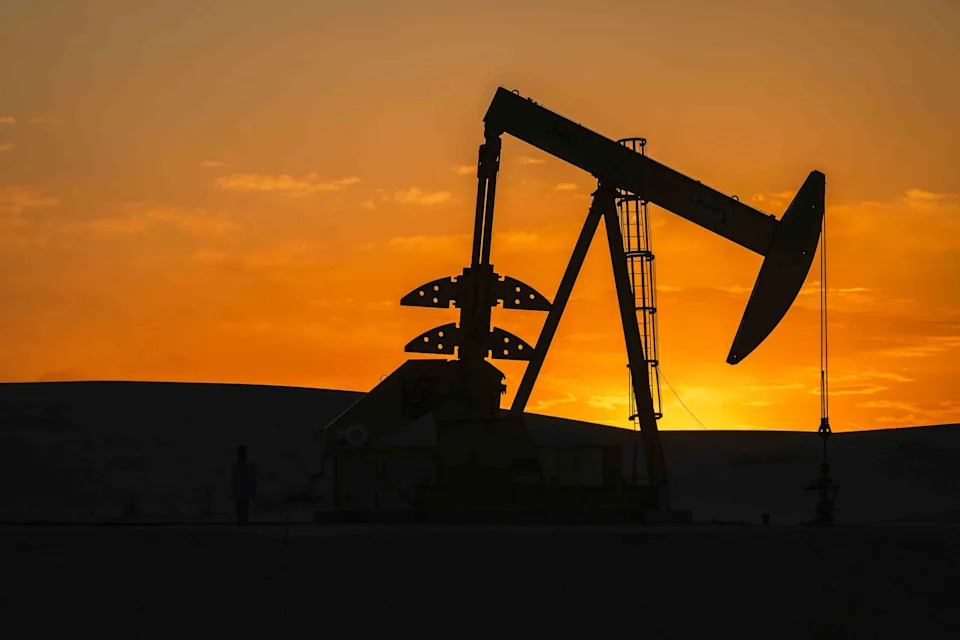Trump's Tariff Turmoil Has Oil Prices So Low That It's Not Always Profitable to Drill

Key Takeaways
Oil prices fell to their lowest level in years on Monday as worries about the reciprocal tariffs President Donald Trump announced last week continued to ripple through global markets.
Futures contracts for West Texas Intermediate, the U.S. crude oil benchmark, traded as low as $58.96 on Monday morning, their first dip below $60 since April 2021. Oil prices have slumped about 15% since Wednesday when Trump announced sweeping tariffs that are expected to raise the effective U.S. tariff rate to its highest level in more than a century.
Economists warn that tariffs of that magnitude will likely slow global economic growth , dealing a blow to oil demand. Trump campaigned on taming inflation and has tied that goal to cheaper energy.
“Oil prices are down, interest rates are down (the slow moving Fed should cut rates!), food prices are down, there is NO INFLATION,” he posted to Truth Social on Monday morning.
Oil prices are a direct input to inflation formulas and indirectly influence prices through their impact on the cost of producing and shipping goods. They are also volatile, which is why some economists consider core inflation , which excludes energy and food prices, a better indicator of inflationary trends than the headline figure .
The Personal Consumption Expenditures Price Index, the Federal Reserve’s preferred inflation measure, increased 0.3% in December, January, and February. Meanwhile, core PCE accelerated in each of those months and rose 0.4% in February .
While lower oil and gas prices could offset some tariff-related price increases, they’re likely to have economic fallout of their own. According to the most recent Dallas Fed Energy Survey, oil producers require an average price of $65 a barrel to profitably drill a new oil well, with nearly 60% requiring prices to be higher. That could complicate Trump’s plan to “unleash American energy” by encouraging producers to ramp up oil production.
“In a strange twist to the administration's hope for more domestic oil and gas production, higher steel tariffs may result in fewer wells completed due to higher completion costs,” one oilfield services firm recently told the Dallas Fed. “The margins are thin enough for many wells, and this will likely result in downward pressure on total wells brought online.”
The president has insisted that higher costs can be offset by slashing regulations, which he claims burden oil and gas producers with unnecessary costs. However, some drillers operating in the Permian Basin, the source of nearly half of America’s oil, say the new administration’s regulatory plans will be “no real change at all.”
“We still get our permits from the Railroad Commission in Texas, for example, not the Environmental Protection Agency,” according to one firm. “The federal regulatory regime matters if you are operating in the Gulf of Mexico or Alaska but not for the Permian, Eagle Ford, Bakken, Utica, etc.”
Read the original article on Investopedia

